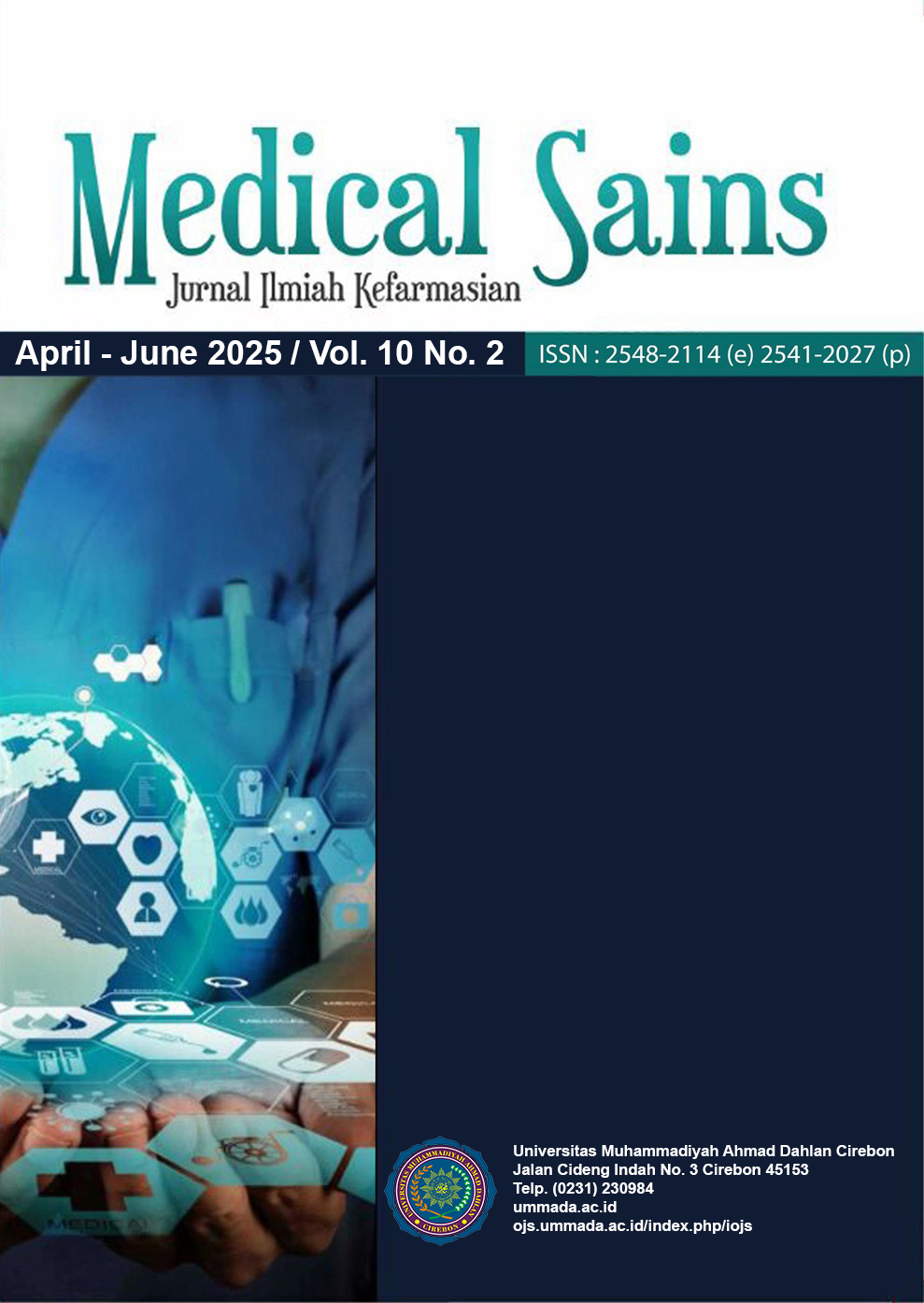REVIEW: INTERACTION OF GLIMEPIRIDE WITH HERBAL PLANTS
Main Article Content
Abstract
Glimepiride is a commonly prescribed oral antidiabetic drug for the management of type 2 diabetes mellitus (T2DM). However, extensive simultaneous use of herbal plants increases the risk of notable interactions between herbs and drugs. This systematic review analyzed the pharmacokinetic and pharmacodynamic interactions between glimepiride and various medicinal plants, based on 20 selected studies published between 2014 and 2024. The results show that several herbs including Berberine hydrochloride, Licorice, Quercetin, Aloe vera, Ocimum sanctum, and Fenugreek can alter glimepiride’s metabolism, enhance its bioavailability, and increase insulin secretion, potentially amplifying its hypoglycemic effect. Although these interactions may improve therapeutic outcomes, they also increase the risk of hypoglycemia, indicating that careful monitoring and professional supervision are essential when using herbal supplements alongside glimepiride.
Keywords: Pharmacokinetic pharmacodynamics, glimepiride interaction, herbal plants.
Article Details

This work is licensed under a Creative Commons Attribution-NonCommercial-ShareAlike 4.0 International License.
Copyright Notice
 The author whose manuscript was published agreed to the following provisions:
- The publication right of all journal material published / released on the E-Journal website of the Medical Science Journal: The Pharmaceutical Scientific Journal is held by the editorial board with the author's knowledge (the moral rights remain the manuscript's author).
- Formal legal provisions for access to digital articles in electronic journals are subject to Creative Commons Attribution-ShareAlike (CC BY-SA) license terms, which means Medical Science Journal: Pharmaceutical Scientific Journal has the right to store, transfer media / format, manage in the form of database (database), maintain, and publish articles without asking permission from the author as long as they include the author's name as the copyright owner.
- Manuscripts that are published / released in print and electronically are open access for educational, research and library purposes. In addition to these objectives, the editorial board is not responsible for violations of copyright law.
Â
This work is licensed under a Creative Commons Attribution-NonCommercial-ShareAlike 4.0 International License.

 Â
 